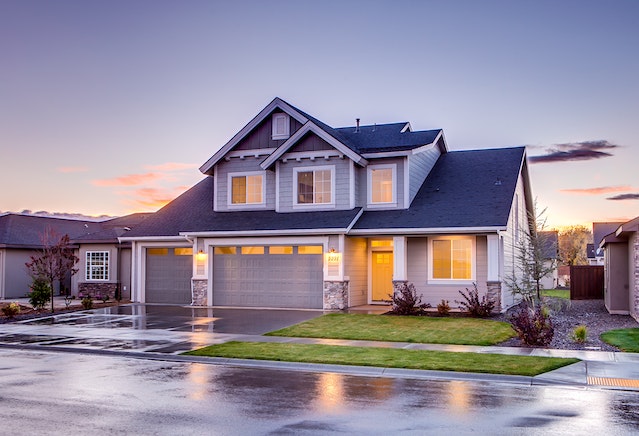
In architectural design and home renovations, the adoption of servery windows has seen a significant uptick. These large windows usually open from a kitchen to an outdoor space, creating a functional link between the two areas.
While they are an attractive feature many modern homeowners covet, understanding the pros and cons of servery windows is essential before integrating them into a living space.
Pros of Servery Windows
1. Seamless Indoor-Outdoor Connection
Servery windows act as a bridge between interior and exterior spaces, fostering a seamless transition that blurs the boundaries of indoors and outdoors. They are especially beneficial in homes where entertainment or social gatherings are frequent. Whether it’s a family gathering, a barbecue, or a casual evening with friends, these windows allow for easy access and communication between the kitchen and outdoor areas. By facilitating such interactions, servery windows create an inclusive atmosphere where everyone feels connected and involved, regardless of location. Moreover, they add a contemporary touch to the home design, making spaces feel larger and more open.
2. Functional Utility
Beyond aesthetics, servery windows, often referred to as Gas Strut Windows, bring tangible functionality to homes, especially those focusing on indoor-outdoor living. They can act as an extended serving counter for outdoor barbecues or parties, eliminating the need for multiple trips to the kitchen. By providing a direct pass-through, these windows streamline the process of serving food and drinks, making catering to guests efficient and effortless. Furthermore, they enhance ventilation, allowing fresh air to circulate freely between spaces. This dual-purpose feature of design and utility is an attractive addition to modern homes.
3. Enhanced Natural Light and Ventilation
One of the understated benefits of these large windows is the abundance of natural light they usher in. With the sun’s rays streaming through, spaces feel more open, brighter, and welcoming, reducing the need for artificial lighting during the day and promoting energy efficiency. They also allow for improved ventilation, ensuring fresh air circulates throughout the home. This is particularly beneficial in the kitchen area where it’s most needed, helping to dissipate cooking odors and maintain a pleasant atmosphere. Beyond aesthetics and practicality, the integration of servery windows can enhance the overall living experience in a home.
Cons of Servery Windows
1. Privacy Concerns
While servery windows open a space, they can also inadvertently reduce privacy. Large open windows mean that neighbors or passersby might have a clearer view into your kitchen or living area, something that some homeowners can find uncomfortable. This can be particularly concerning in densely populated areas or houses near the property line. However, there are solutions to this issue, such as installing frosted or tinted glass or using strategically placed plants and screens to obscure the view. With the right design considerations, homeowners can enjoy the benefits of servery windows without compromising privacy.
2. Security Implications
Large windows, especially those that are easily accessible from the ground and can be perceived as potential entry points for intruders. As such, homeowners must proactively address the security concerns these windows might raise. It’s crucial to ensure that servery windows have robust locking mechanisms to prevent unwanted access. Additionally, integrating these windows with existing security systems, such as alarms or motion sensors, can deter potential security breaches. Investing in laminated or tempered glass can also provide an added layer of protection, making it more challenging for intruders to shatter the window and gain entry.
3. Potential Increase in Energy Bills
Servery windows, with their expansive openings, promote excellent ventilation and can bring in the freshness of the outdoors. However, there’s a downside. If left open unintentionally or for extended periods, especially during extreme weather conditions, they can significantly lose climate-controlled air from inside the home. As warm air escapes during winter or cool air during summer, homeowners might rely more heavily on their heating or cooling systems. Over time, this can translate to increased energy consumption, pushing utility bills and potentially increasing the home’s carbon footprint.
Conclusion
Servery windows offer an elegant solution to merge the boundaries of indoor and outdoor living. They epitomize modern design and functional living, but they come with challenges like all features. Weighing the advantages against the drawbacks is essential for any homeowner considering this feature, ensuring that the choice aligns with their lifestyle, needs, and long-term plans for their abode.


